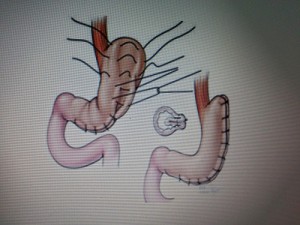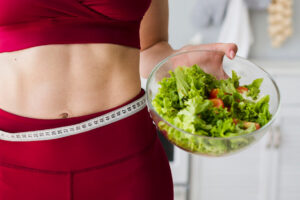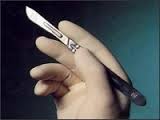Laparoscopic Gastric Plication-Surgical Technique
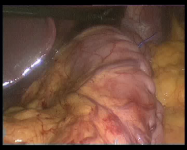
The patients were positioned with the legs apart and the surgeon in between (French position) and the assistants on each side. We used 5 trocars. The patients are then put in reverse Trendelenburg to obtain a good access to the stomach (Figure 1)
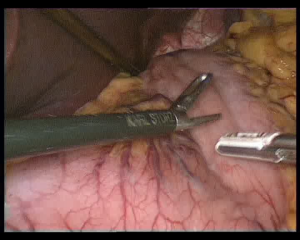
We begin by skeletonizing the great curvature first upwards and then downwards till 3-4 cm from the pylorus. Instruments like Ligasure or Enseal facilitate a bloodless dissection. Unlike in Sleeve Gastrectomy we have to maintain a safety margin from the great curvature in order to avoid any harm to the gastric wall that may cause perforations (Figure 2).
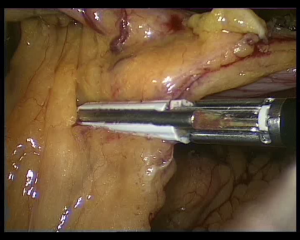
A delicate step is the severance of the short gastric vessels due to proximity of the spleen. The superior limit of the dissection is at 2 cm from the angle of Hiss (is not necessary to free the left crus, thus leaving the angle of Hiss unharmed). After the mobilization of the great curvature and the posterior wall (Figure 3)we can begin the plication.
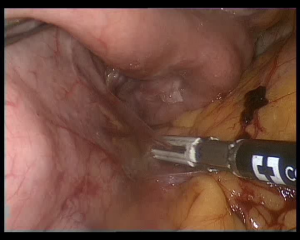
It starts at 2 cm from angle of Hiss. This way we preserve the anti reflux anatomy and we prevent the obstruction of cardia by the gastric fold (Figure 4).
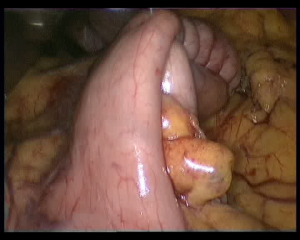
We prefer to shape the stomach with 2 rows of running sutures (Prolene 2-0). The great curvature is imbricated and the suture points are at 2cm each. For calibration we use a 36Fr tube inserted along the lesser curvature. The 2 rows suture is challenging and time consuming so laparoscopic skills are needed(Figure 5).
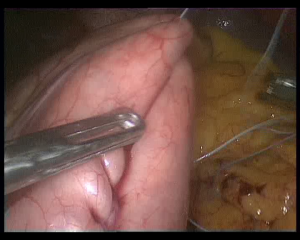
Using suture devices as Endo-Stich are very helpful. The first row ends at 4 cm from the pylorus. After the second row the aspect is similar to Gastric Sleeve, but more stable (Figure 6) (no need for fixation to the omentum).
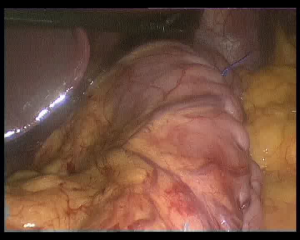
After completing the gastric plication we perform a leak test with methylene blue, remove the calibration tube and we leave in place a thinner naso-gastric tube and a drain at the left side of the imbricated stomach. In the first postoperative day we run a gastrografin meal. If there is no leak, the patient is permitted liquids. Further on, the patient follows a dietary plan made by the nutritionist.
Initial and final aspect of the procedure (Figure 7)
